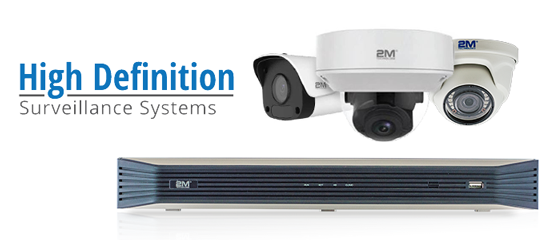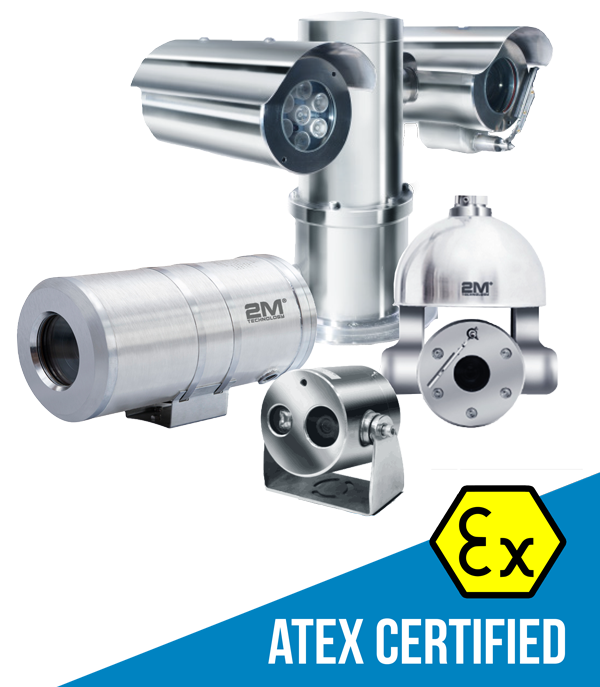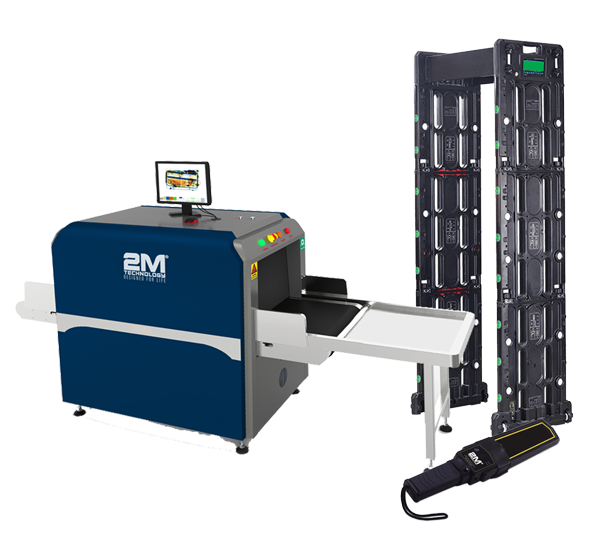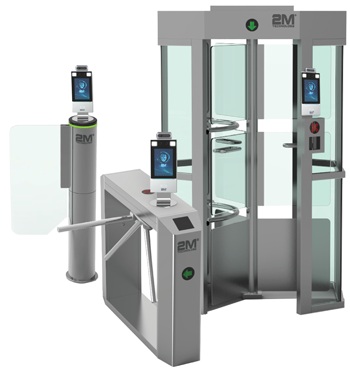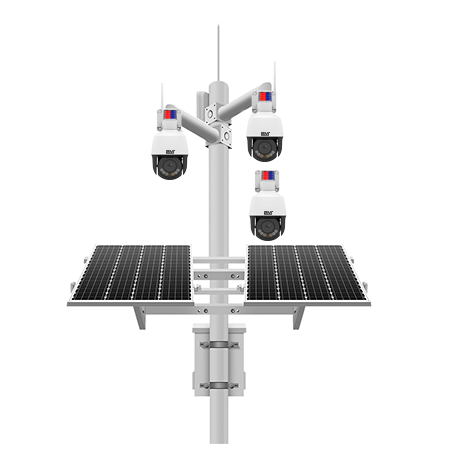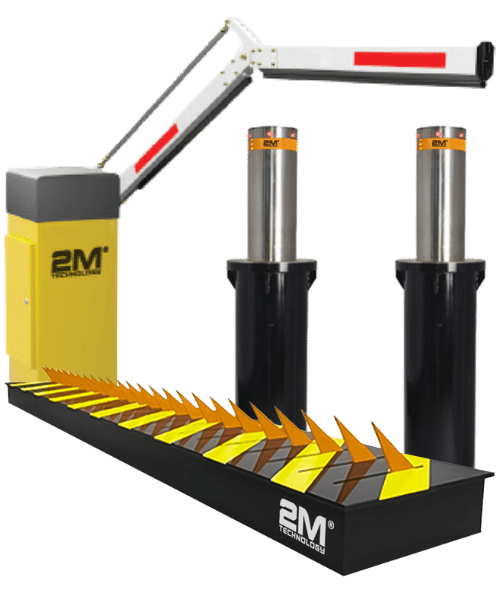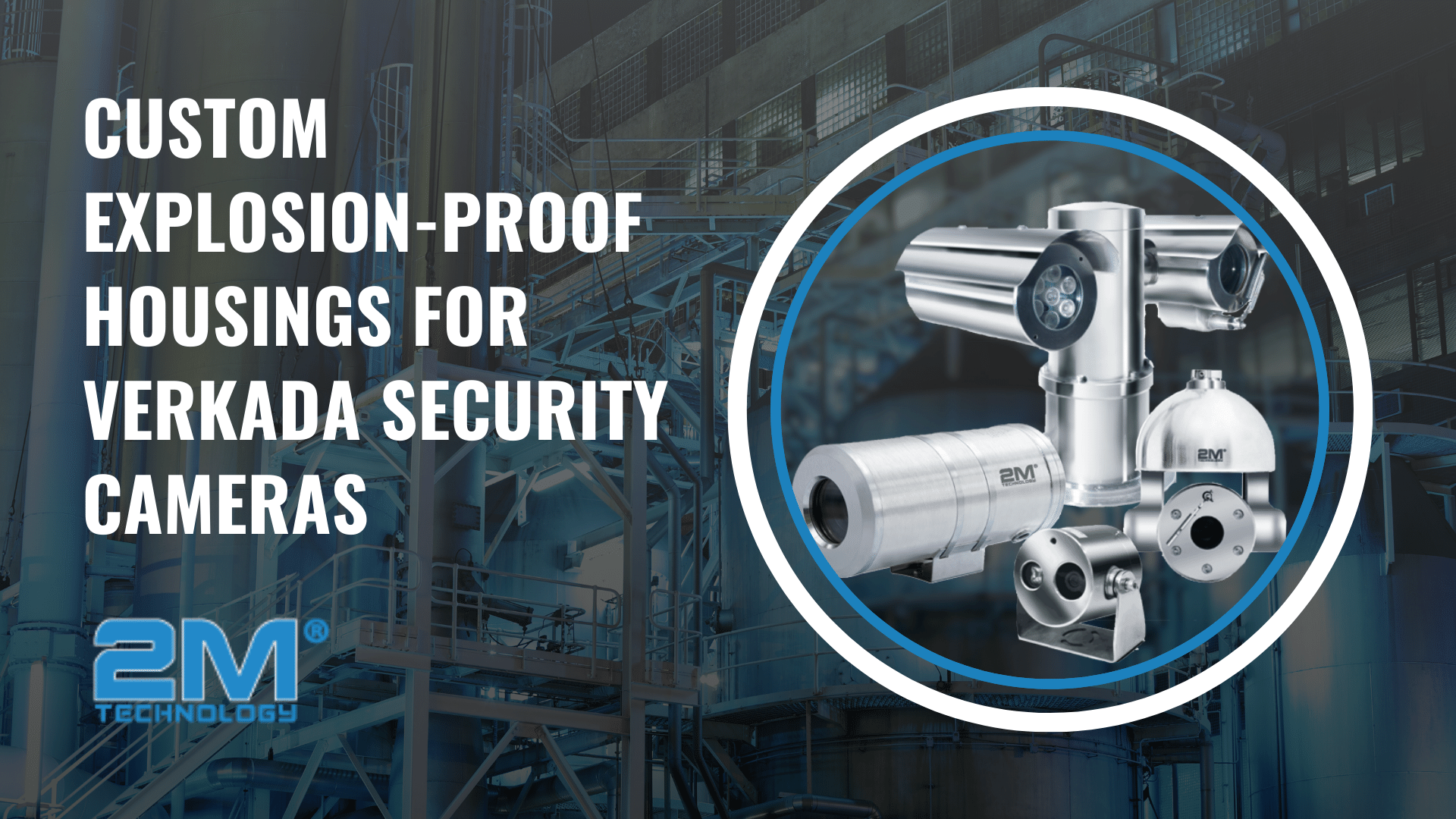Video surveillance is essential in any industry to identify and respond to potential threats quickly. However, in hazardous areas where the risk of explosions is higher, standard security cameras can potentially trigger catastrophic explosions. The use of explosion-proof cameras is mandatory in these locations, but the available options are limited and may not have all the necessary monitoring features. Fortunately, 2M Technology offers a solution to this issue by providing custom explosion-proof housings. With our tailored housings, you can convert any security camera, including those from Verkada, into an explosion-proof camera suitable for use in hazardous areas classified as Class I, Division 1 or Class I, Division 2. This not only expands the versatility of your Verkada cameras but also ensures compliance with strict safety standards, providing a comprehensive solution for your security needs in hazardous environments.
Classification of Hazardous Areas
Hazardous areas are locations “where fire or explosion hazards may exist due to flammable gases or vapors, flammable liquids, combustible dust, or ignitable fibers or flyings.” Since these areas are so volatile, strict regulations on electrical equipment are necessary to prevent fatal accidents. Regular electronic devices may produce heat or sparks that could ignite something in the atmosphere and cause an explosion. For this reason, all electrical items used in hazardous areas must be IECEx (global standards) or ATEX (EU standards) certified to ensure that their usage will not cause any explosion, including surveillance devices.
In the United States, hazardous areas are categorized into three classes, with each class being further organized into two divisions. The classes are based on the type of explosive or ignitable substances that may be present in that area. Divisions are set according to the likelihood that a hazardous substance is present in an explosive or ignitable quantity. This classification system helps each area determine what standards their electrical equipment must meet.
| Class | Division |
| I – Flammable vapor or gas may be present II – Combustible dust may be present III – Ignitable fibers or flyings may be present | 1 – Ignitable concentrations of hazards exist under normal operation conditions. 2 – Ignitable concentrations of hazards are handled, processed, or used, but are normally confined and can only escape in cases of abnormal operation conditions. |
Role of Explosion-Proof Cameras in Hazardous Areas
Since security cameras are electrical devices, they must be approved for use in hazardous areas. Explosion-proof cameras provide video surveillance to such areas, but without the risk of igniting an explosion. These are security cameras that are protected by a specially-engineered housing or enclosure. There are two types of explosion-proof housings. The first type is designed to contain any sparks or explosions that the camera may emit to prevent igniting the surrounding hazardous substances. The other type contains pressurized inert gases that prevent explosive gases from entering the enclosure and igniting sparks emitted by the camera.
Custom Explosion-Proof Housings for Verkada Cameras from 2M Technology
At 2M Technology, we specialize in designing and manufacturing custom explosion-proof housings approved for use in hazardous locations classified as Class I, Division 1 or Class I, Division 2. With our service, you can transform any Verkada security camera into an explosion-proof surveillance solution. We can create custom explosion-proof housings for the following Verkada cameras:
| Verkada Camera Series | Verkada Model Number |
| Dome Cameras | CD22 CD22-E CD32 CD32-E CD42 CD42-E CD52 CD52-E CD62 CD62-E |
| Mini Cameras | CM42 CM41-E CM41-S |
| Fisheye Camera | CF81-E |
| Bullet Cameras | CB52-E CB52-TE CB62-E CB62-TE |
| Multisensor Camera | CH52-E |
| Pan-Tilt-Zoom (PTZ) Camera | CP52-E |
Our process for designing and manufacturing custom explosion-proof Verkada housings works like this:
- The client sends us a sample of the Verkada camera or a rough drawing with the necessary technical specifications.
- Our team of engineers designs the housing in accordance to ATEX or UL requirements, tailoring the fit to accommodate the Verkada camera. This process can take 6-8 weeks.
- After the client approves the final Verkada housing design, it is sent to production, which can last 3-4 weeks.
- The finished Verkada housing undergoes a strict quality inspection before being packed and shipped to the client.
Ready-to-Order Explosion-Proof Verkada Housing Designs
Additionally, our past custom explosion-proof housing designs are available for order. Since we’ve already made the design, it can be sent straight to production. By skipping the designing process, you shorten your wait time to just 3-4 weeks. Our previous Verkada designs include:
Our custom explosion-proof housings give you the flexibility to use any Verkada camera in any environment, even hazardous areas. To start on your custom explosion-proof housing design, please contact our sales team at +1 (866) 708-5401 or at sales@2mtechnology.net. You can also use the links below to start a live chat with a sales consultant or request a free estimate.
